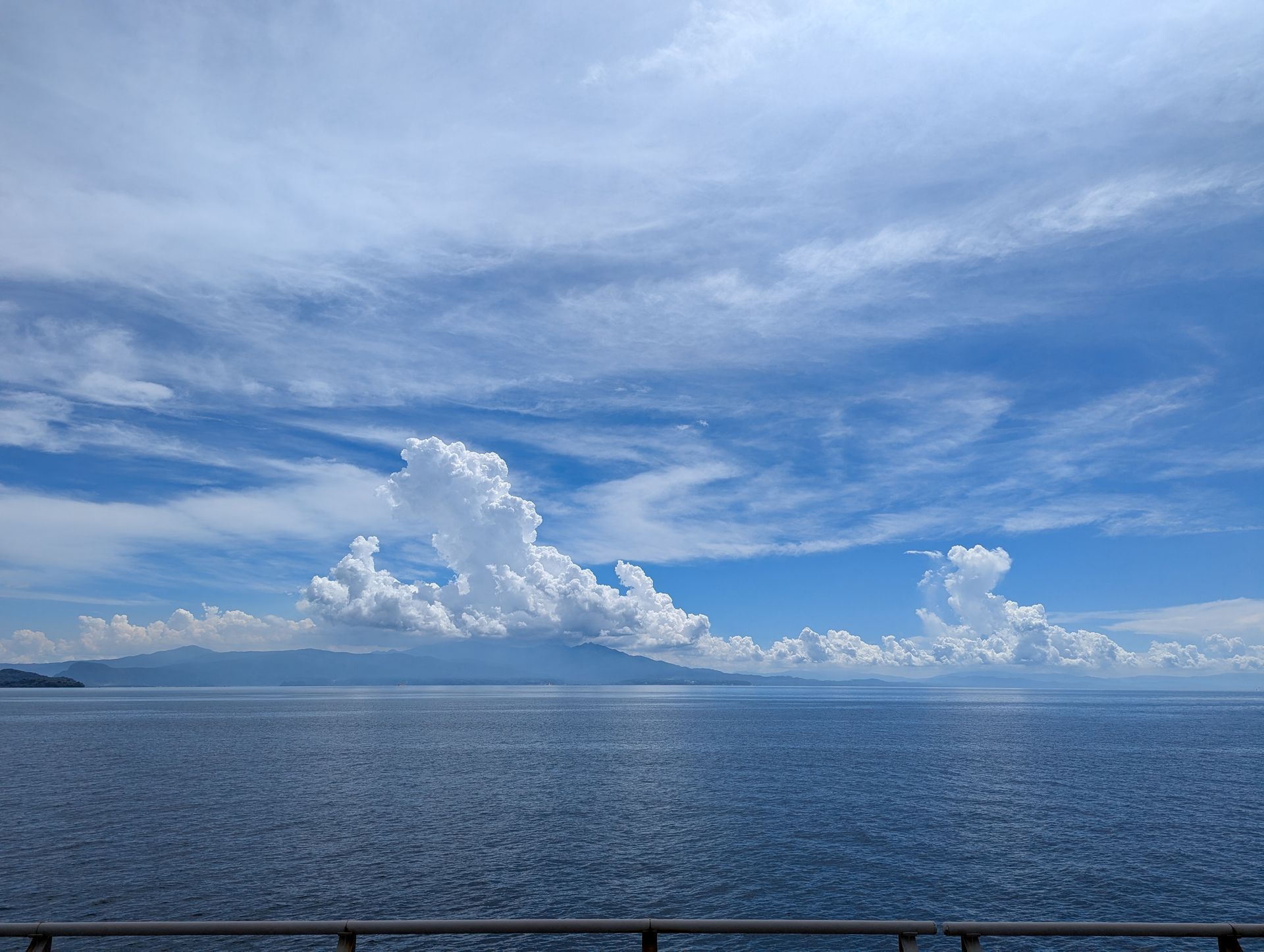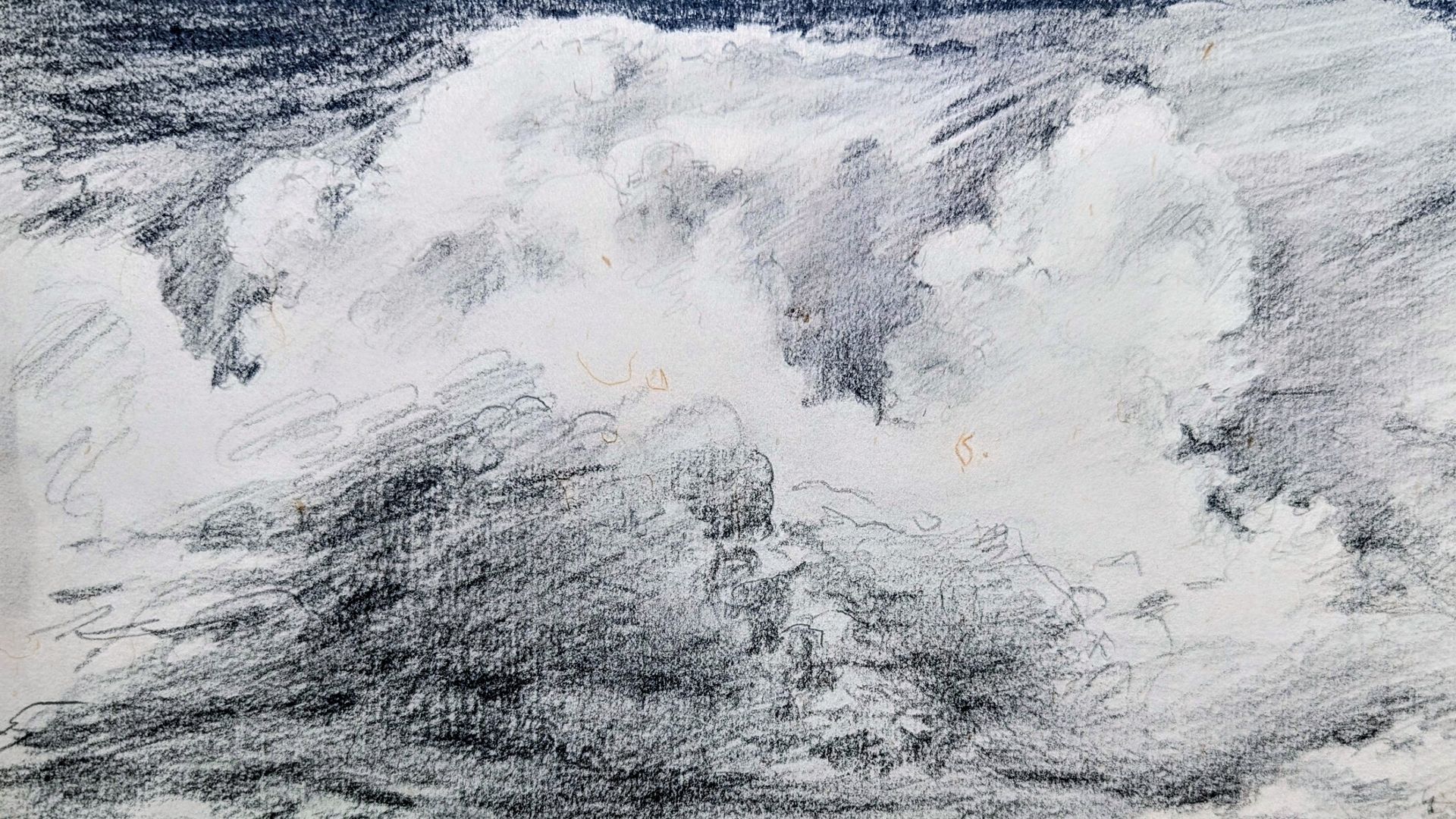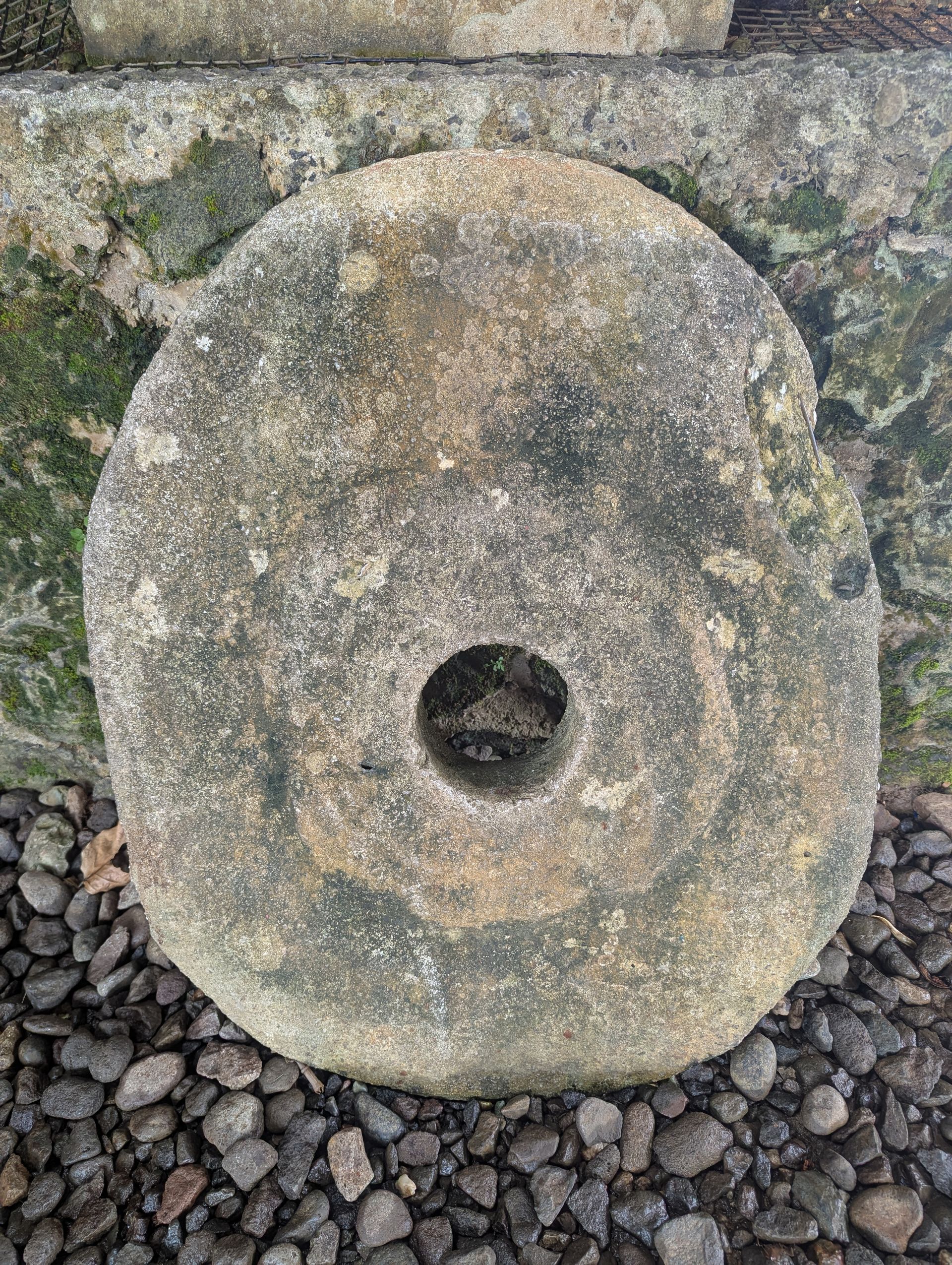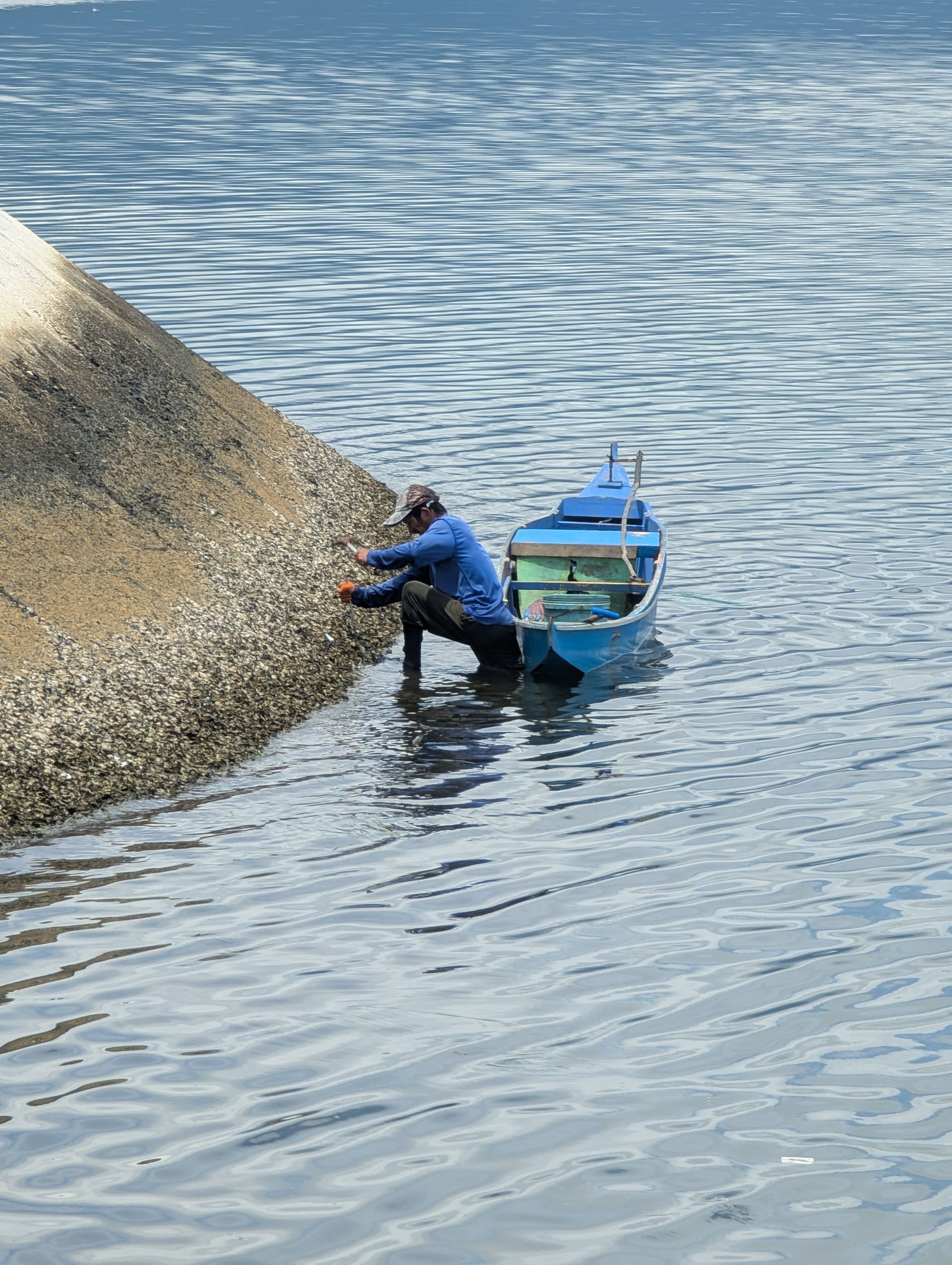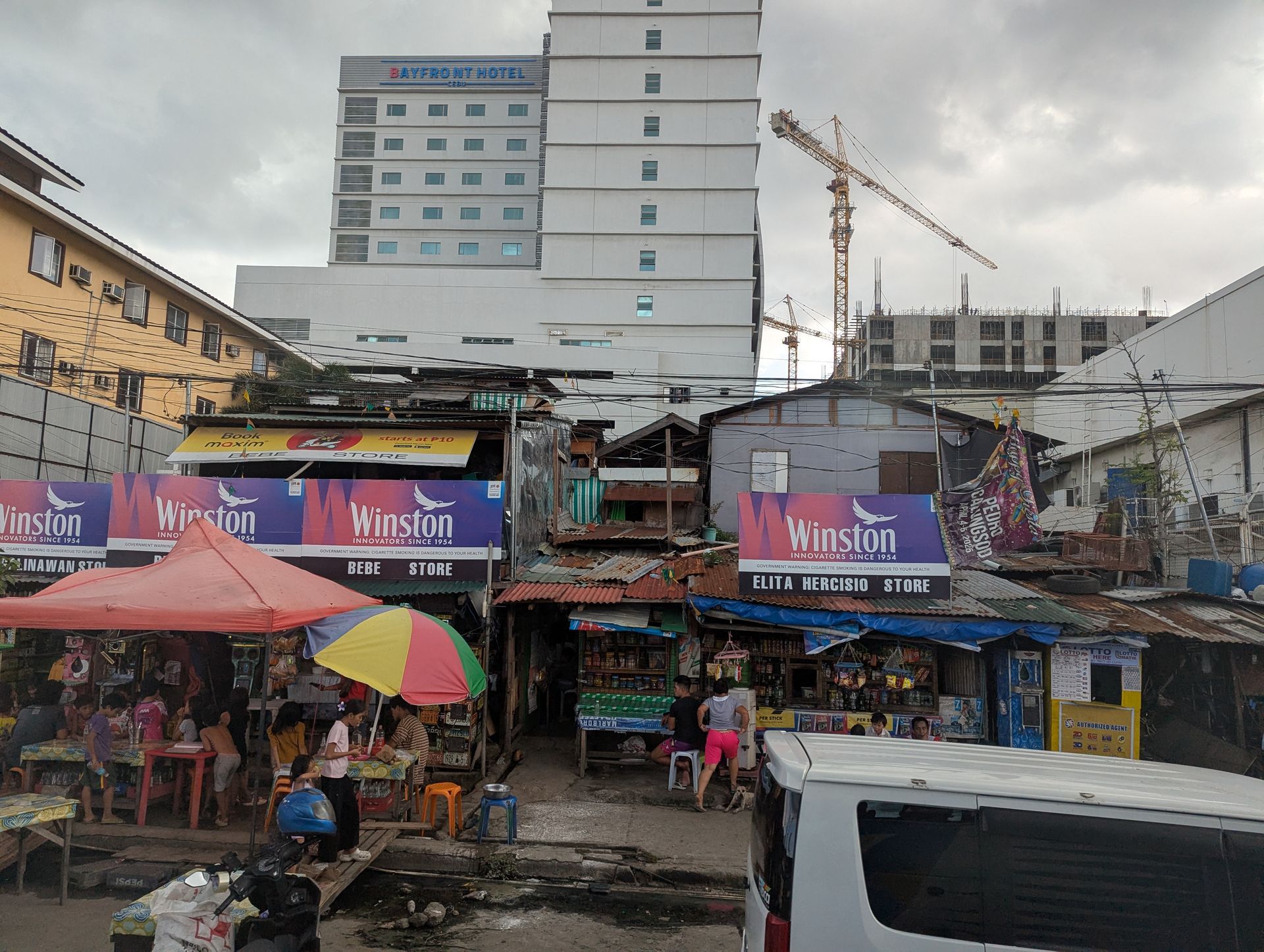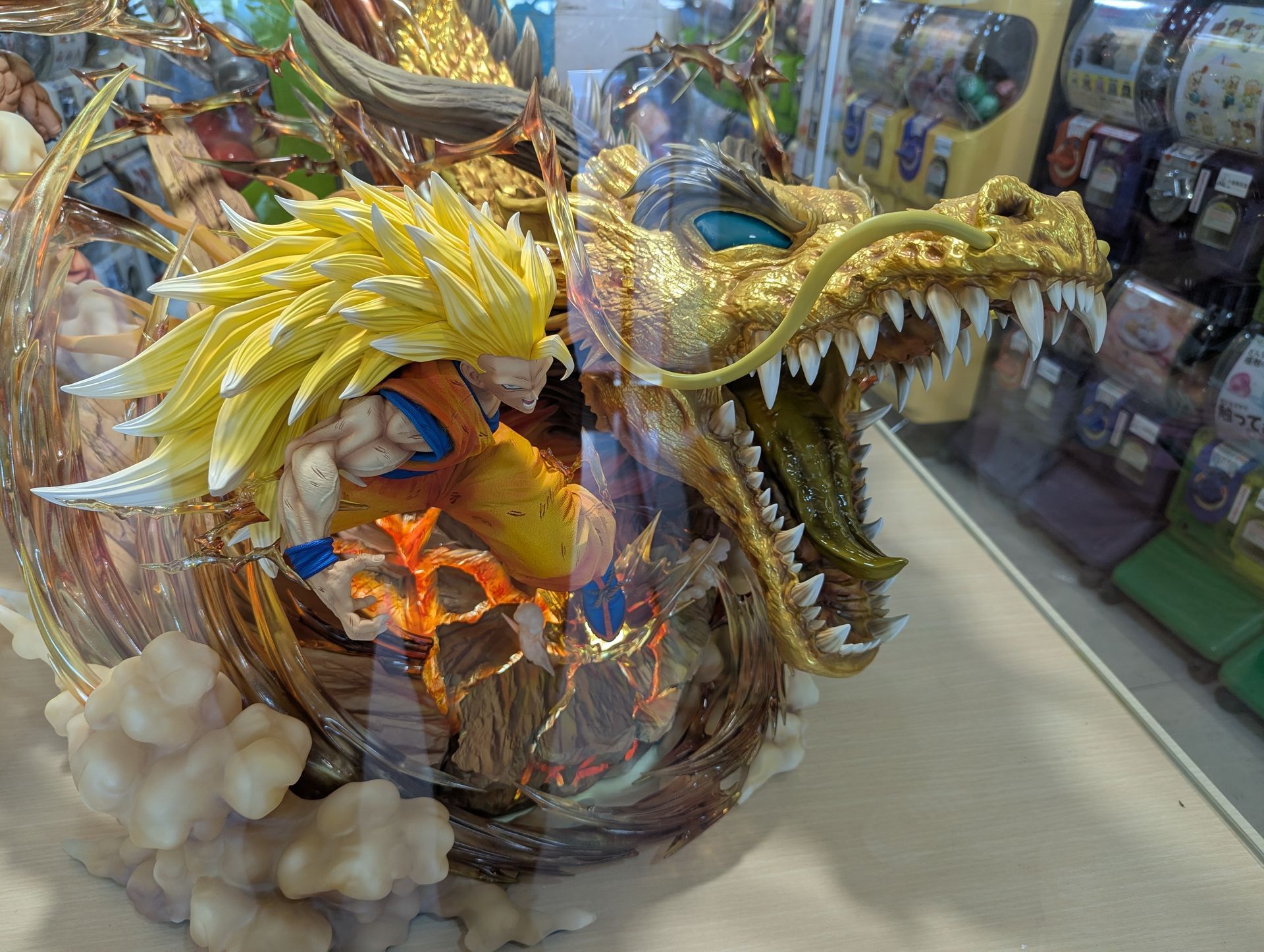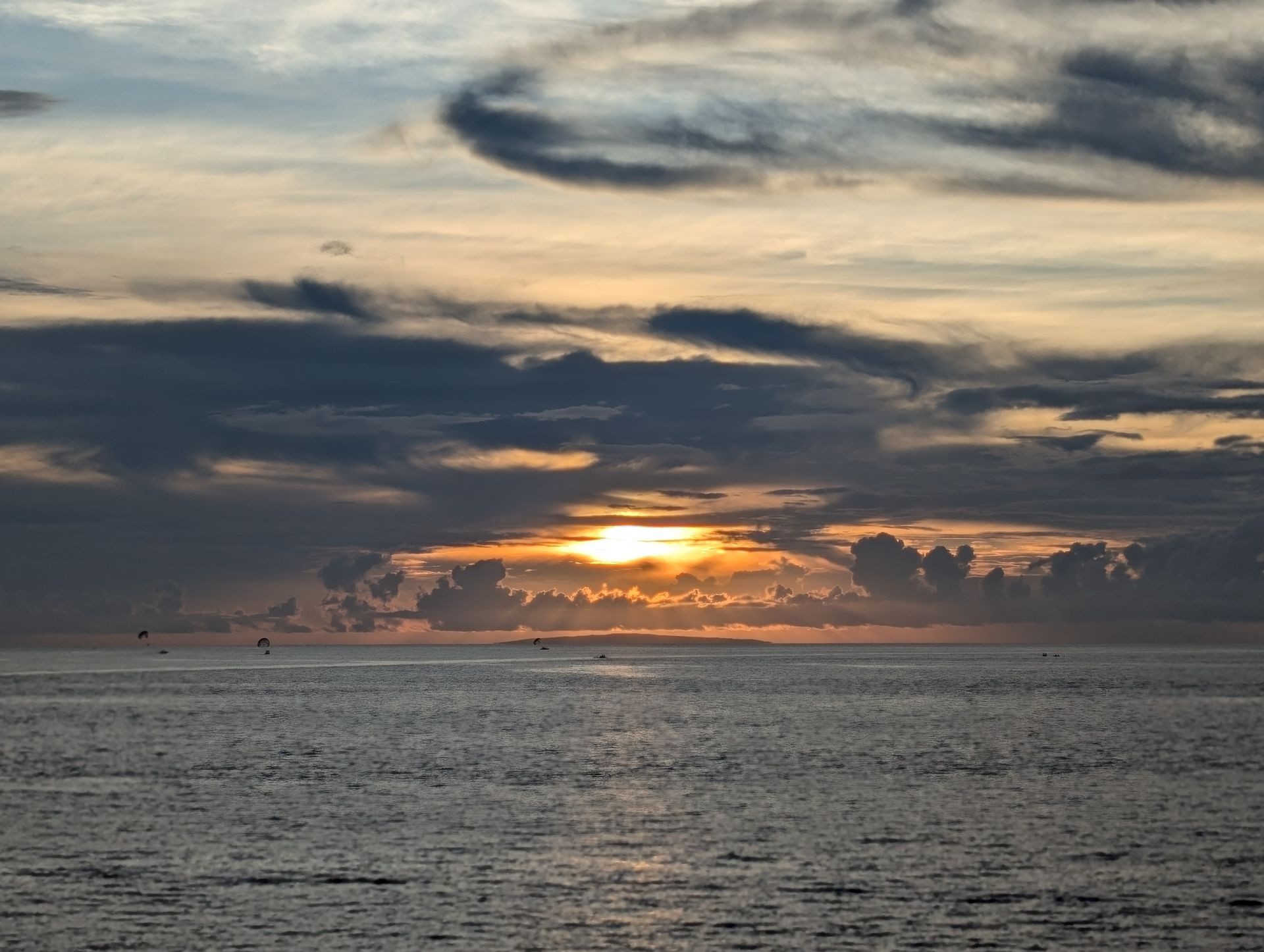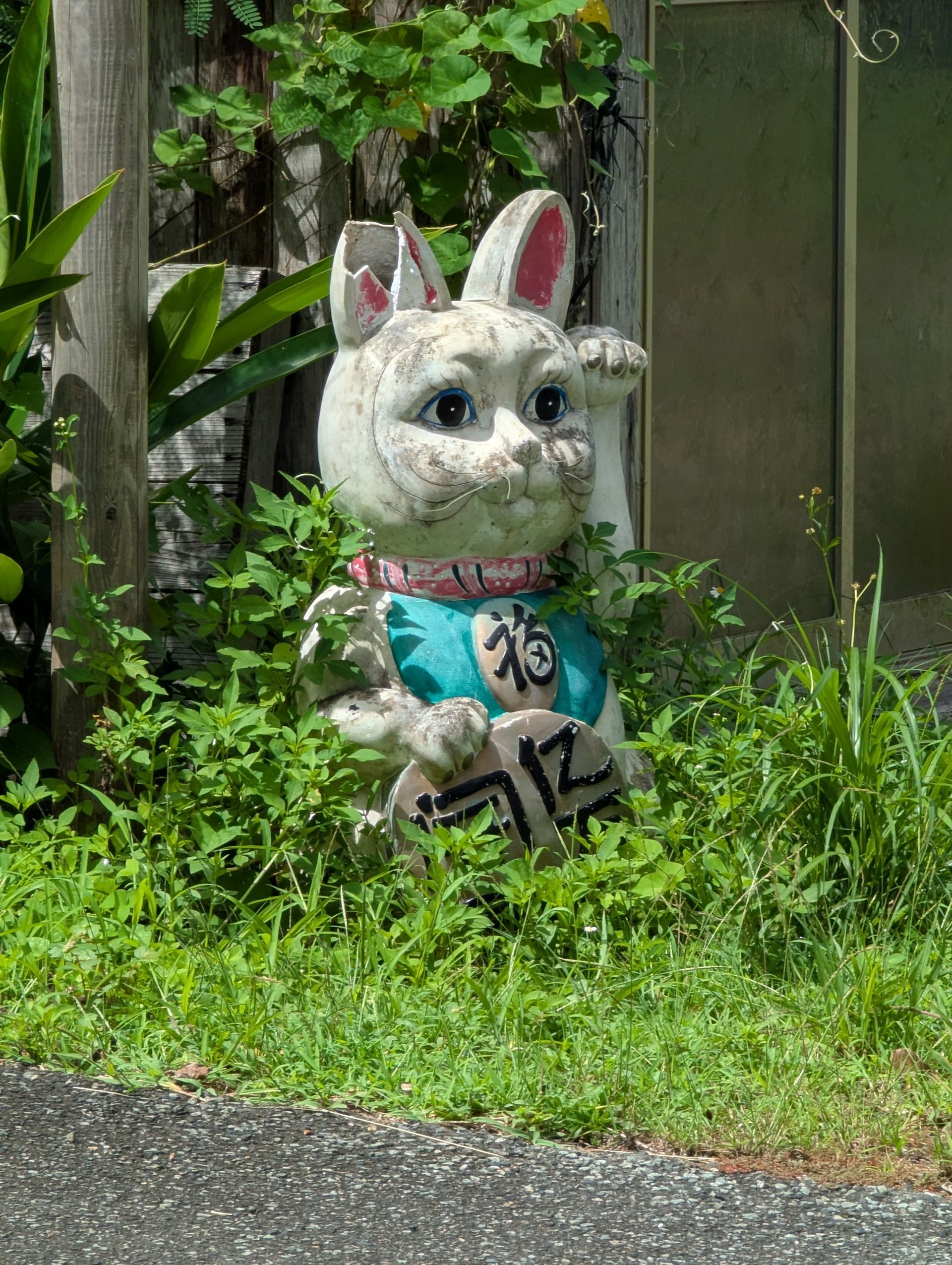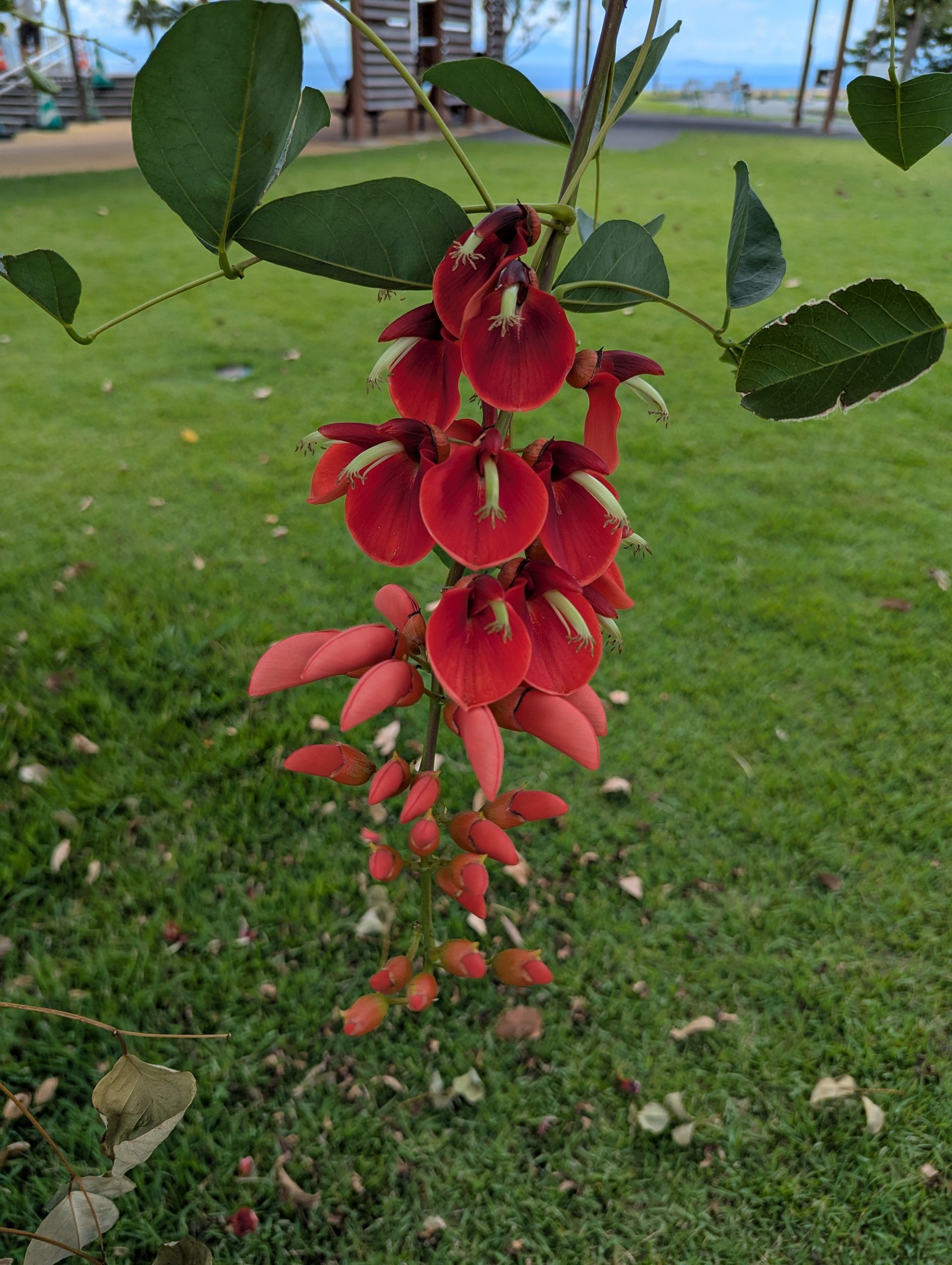The Parallel Currency
The Parallel Currency, June, 2025
A way it can work.
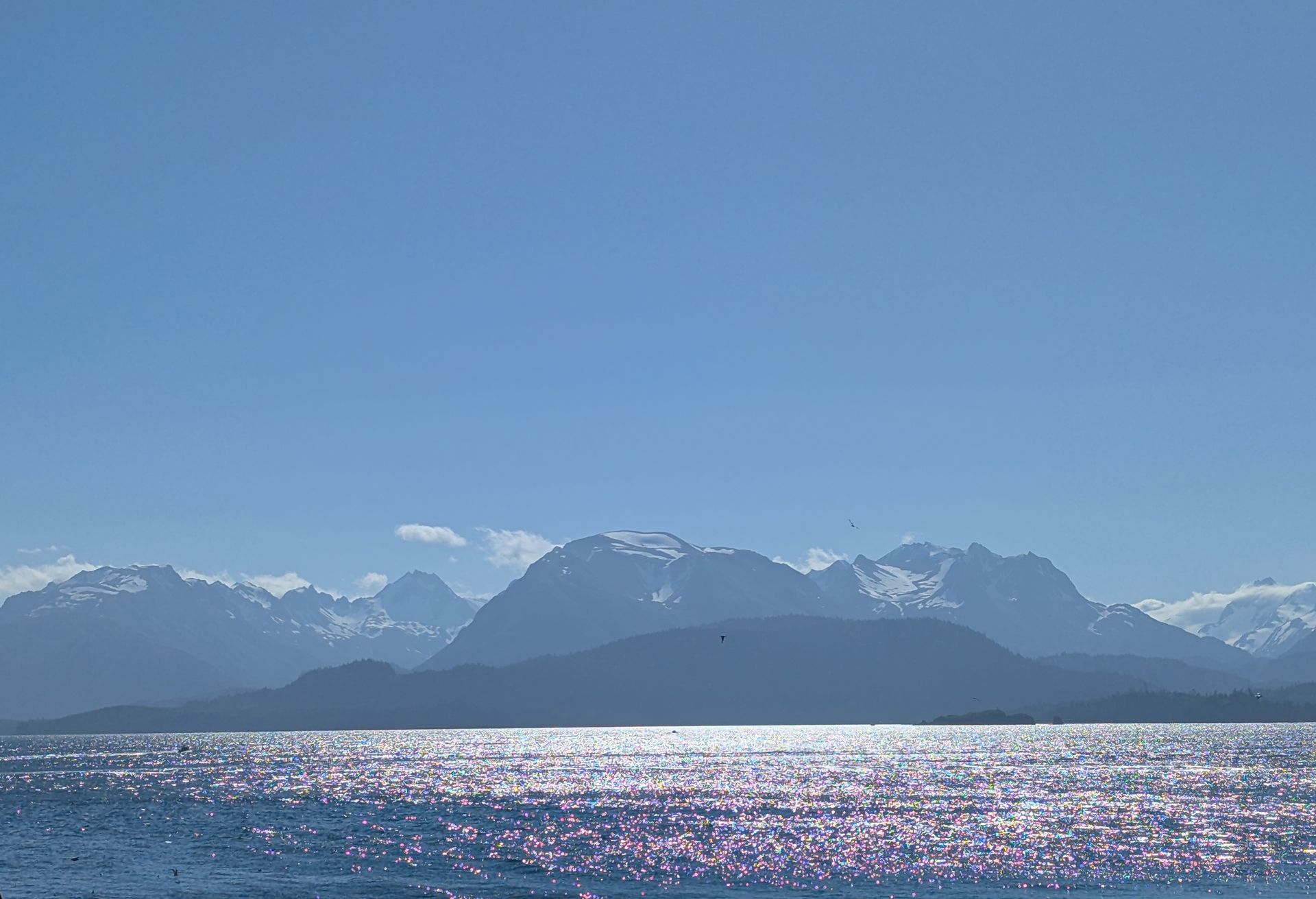
“We know how far we can go with war, it is time to see how far we can go with peace.” S.C.
Imagine if Governments have passed a law that a Parallel Currency, which provides food, shelter, education and healthcare, be universally instituted. One of the questions we are most often asked is, how can it work?
Consider this. An apple farmer has 10 apples. He is required, as a citizen under the new law, to invest two apples in the Parallel Currency. In return he is given two Parallel Currencies. He can then buy two apples with those two Parallel Currencies from another apple farmer, and sell those apples he has received into the existing general market for whatever he chooses to charge (making local currency profit on them) and the other farmer can do the same with another apple farmer, on and on. We can extend this formula to other basic needs. Shelter providers and builders donate a structure to the Parallel Currency system. They can receive income from another shelter provider with an equivalent rental and that provider then donates and receives in the same way. Rotating donation and income within the businesses involved. Education; all teachers will donate teaching time of a determined percentage, receive compensatory income with local currency in rotation from teachers in the same discipline and level. Health care providers operate in the same way within their areas of expertise and level of advancement. The percentage of individual participation is paid for initially with Parallel Currency, as each provider enters the system. This money will then rotate within the PC loop for each of the basic needs. The PC does not mix with other currency and can only be used for basic needs. Providers can receive local currency income for their services and can increase their percentage of participation above what is required, (to be determined), if they wish.
This is the same thing that happens with exchanges within Capitalist money markets but in the case of the Parallel Currency which is invested into something real (the survival and education of people) it is not making money on money, a cause of inflation.
Money is an accounting device.
Government debt is not the same as personal debt.
Government is the issuer of money and receives it back in taxes, which they then destroy.
Banks and stocks give interest on money they borrow from individuals, (they game the economy by encouraging people to invest in stocks and their bank so that a bank can invest that borrowed money in whatever makes them money), this interest money when spent by individuals into the economy can create inflation. Because there is more money available it becomes less valuable. More money than before has to be used to buy whatever people want. Businesses want to make the same profit so prices have gone up. The result is inflation.
This process has created an excess of money that was not intended and is not controlled by the government with its tax and destroy method.
We are all participating in the money sequence of events. We don't have a choice. The Parallel Currency presents an opportunity for people to make choices. And cut most taxes, (this aspect can be addressed in another blog.)
These ideas have been presented in order that they can be discussed and amended.
